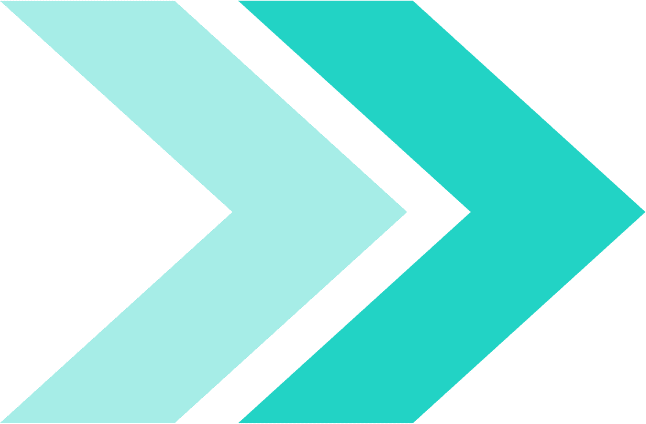Introduction
In Estonia, Latvia, and Lithuania, Scandinavian architectural influence is more visible than ever. Clean lines, natural tones, and minimalist façades dominate modern residential and commercial projects across the Baltic region. As designers seek materials that balance aesthetics with performance, fiber cement boards have become one of the most versatile and trusted solutions.
Their durability, smooth appearance, and ability to mimic natural finishes make them the perfect match for Scandinavian-inspired Baltic architecture.
This article explores the top applications of fiber cement boards within this rapidly growing design movement.
1. Modern Minimalist Exterior Façades
One of the defining elements of Scandinavian architecture is minimalism.
Fiber cement boards help achieve this through:
- large seamless surface appearance
- uniform color schemes
- subtle texture options
- clean panel geometry
Architects use them to create façades that are visually calm, balanced, and timeless.
They deliver minimalism — without ongoing maintenance burdens.
2. Ventilated Façade Systems for Cold Baltic Climate
Scandinavian design doesn’t only prioritize appearance — it prioritizes performance.
Baltic homes require façades that:
- regulate moisture
- reduce condensation
- prevent winter humidity buildup
- improve insulation effectiveness
Fiber cement boards integrate perfectly into ventilated façade systems, making them ideal for winter-dominant climates.
3. Wood-Aesthetic Alternatives Without Decay
Scandinavian Baltic architecture frequently uses natural wood visuals.
However…
In the Baltics, timber cladding suffers from:
- freezing moisture
- mold formation
- surface decay
- heavy maintenance cycles
Fiber cement wood-look panels solve this problem by delivering:
- realistic natural grain
- long-term stability
- no rot
- no repainting cycles
As a result, fiber cement is increasingly replacing timber façades in residential projects.
4. Premium Outdoor Terraces and Balconies
Multi-storey Baltic Scandinavian homes emphasize outdoor usability.
Fiber cement is now widely used for:
- balcony cladding
- terrace privacy walls
- soffits
- exterior columns
- façade recesses
These elevations experience high moisture and need a stable material.
Fiber cement excels there.
5. Interior Feature Walls Inspired by Nordic Calm
Scandinavian interiors emphasize harmony.
Fiber cement boards are now used indoors to create:
- muted feature walls
- textured design panels
- raw-concrete aesthetics
- stone-inspired surfaces
Unlike plaster, fiber cement remains dimensionally stable and visually consistent.
It allows Baltic designers to bring Scandinavian textures indoors.
6. Modular Houses & Prefabricated Units
Prefabrication is expanding rapidly in the Baltics.
Fiber cement boards are preferred for:
- external wall skins
- module-to-module transitions
- rigid corner protection
- façade standardization
Their advantages:
- lightweight relative to stone
- rigid
- stable
- fast to install
This fits perfectly with Scandinavian modular building philosophy.
7. Renovation of Soviet-Era Buildings
A major Baltic market opportunity.
Old plaster façades are failing rapidly.
Fiber cement is now chosen in many renovations due to:
- long lifespan
- minimal maintenance
- fire safety
- modern Scandinavian visual upgrade
Meaning:
fiber cement acts as both aesthetic and performance modernization.
8. Coastal Architecture Along the Baltic Sea
Seaside buildings face:
- salt moisture
- wind impact
- UV degradation
- constant humidity
Fiber cement performs exceptionally well in those harsh conditions.
Baltic coastal zones increasingly specify it over:
- timber
- plaster
- EIFS
Why?
Because it simply survives longer.
Conclusion
Fiber cement boards have become a core architectural material in Baltic projects shaped by Scandinavian aesthetics. Their adaptability, stability, and contemporary design compatibility make them uniquely suited for modern façades, interiors, modular construction, and renovations across Estonia, Latvia, and Lithuania.
As Baltic architectural preference continues shifting toward Scandinavian minimalism, fiber cement boards will only play a larger role in shaping the buildings of 2025 and beyond.
👉 Visit the Smartfiber Fiber Cement Board page to explore specs, sizes, and delivery options.
Authored by Smartcon Int’l. Trade & Marketing Ltd. on 24.11.2025. All rights reserved.

